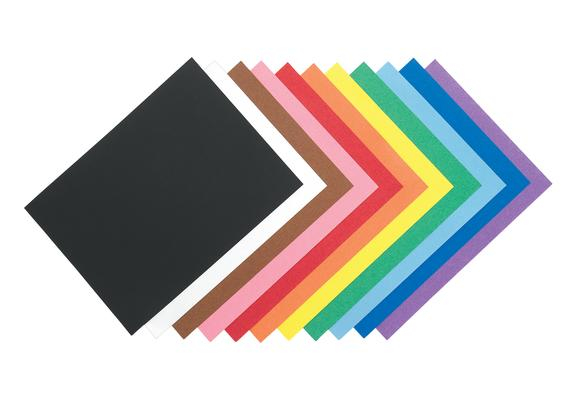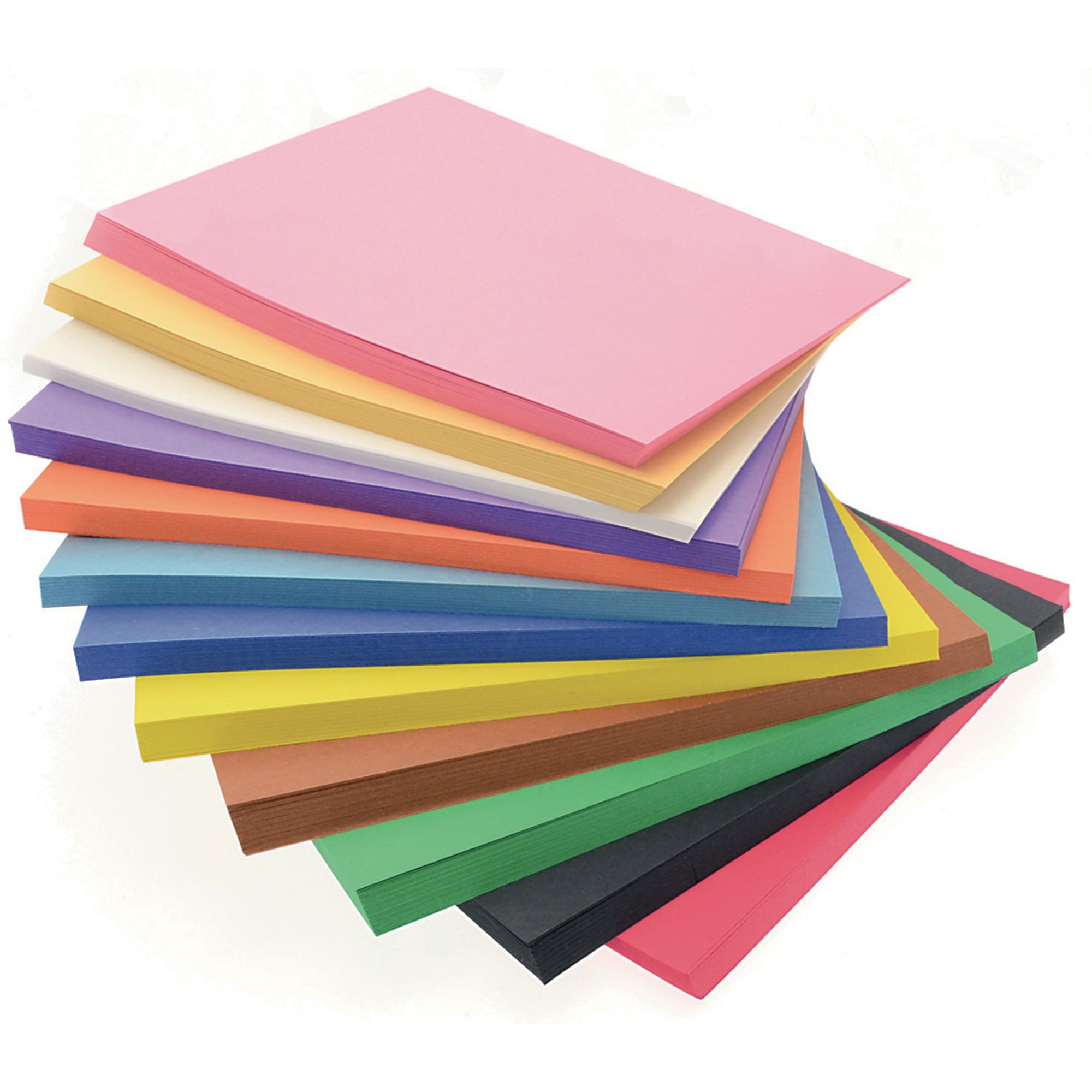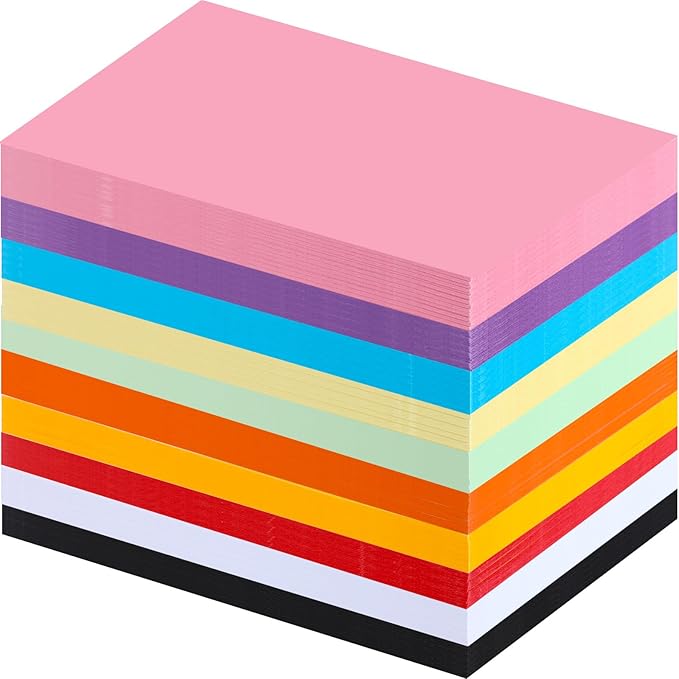With enthusiasm, let’s navigate through the intriguing topic related to thick construction paper. Let’s weave interesting information and offer fresh perspectives to the readers.
Introduction
Hey there, aspiring artists! I’m your friendly neighborhood drawing teacher, ready to help you unlock the amazing world of art. Today, we’re going to explore the exciting world of drawing on thick construction paper.

Why Thick Construction Paper?
Thick construction paper is a fantastic surface for young artists. It’s sturdy and can handle lots of pressure from pencils, crayons, and markers, preventing your artwork from tearing or buckling. The textured surface also adds a unique dimension to your drawings, creating interesting effects with your chosen tools.
Let’s Get Started!
1. Gather Your Supplies:
- Thick Construction Paper: We’ll be using this as our canvas. Choose a color that inspires you!
- Pencils: A good set of pencils is essential. You’ll need a range of hardnesses, from hard (H) for light lines to soft (B) for darker lines.
- Erasers: These are your best friends for fixing mistakes and making clean lines.
- Sharpener: Keep your pencils sharp for precise lines and details.
- Optional: Crayons, markers, colored pencils, or anything else you want to experiment with!


2. The Power of Observation:
Before you start drawing, take a moment to really look at your subject. What shapes do you see? Are there any lines that stand out? How do the different parts of your subject relate to each other?
3. Basic Shapes:
Drawing is all about breaking down complex objects into simple shapes. Let’s start with some basic shapes:

- Circles: Think of a ball, a coin, or the sun.
- Squares: Imagine a box, a window, or a piece of paper.
- Triangles: Picture a slice of pizza, a mountain, or a roof.

4. Line Exercises:
Practice drawing lines! This helps you control your pencil and build muscle memory.
- Straight Lines: Start with short lines, then gradually work your way up to longer lines.
- Curved Lines: Practice drawing circles, spirals, and other curved shapes.
- Zigzag Lines: Experiment with different angles and patterns.

5. Simple Objects:
Now, let’s put those basic shapes and lines to work!
- Fruits and Vegetables: Draw an apple, a banana, or a carrot.
- Animals: Start with simple animals like a cat, a dog, or a bird.
- Everyday Objects: Draw a chair, a table, or a flower pot.
6. Adding Details:
Once you have the basic shapes and lines down, you can start adding details to your drawing.
- Shadows: Use darker lines to create the illusion of depth and dimension.
- Textures: Experiment with different strokes to create different textures, like fur, wood, or water.
- Patterns: Add patterns to your drawings to make them more interesting.
7. Don’t Be Afraid to Experiment!
The beauty of art is that there are no rules! Try different techniques, colors, and styles. Have fun with it!
Benefits of Drawing for Children:
Drawing isn’t just about creating beautiful pictures; it’s a fantastic way for children to develop important skills:
- Creativity: Drawing encourages children to think outside the box and express themselves freely.
- Problem-Solving: When children draw, they learn to break down complex objects into simpler shapes, fostering problem-solving skills.
- Fine Motor Skills: Holding a pencil and making precise lines strengthens hand-eye coordination and fine motor skills.
- Cognitive Development: Drawing helps children develop their spatial reasoning, visual perception, and memory.
- Confidence: As children see their drawings come to life, their confidence and self-esteem grow.
FAQs
1. What if I’m not good at drawing?
Everyone starts somewhere! Don’t be afraid to make mistakes. The key is to practice and have fun. Remember, there’s no right or wrong way to draw.
2. How do I draw realistic things?
Practice observing your subject closely and breaking it down into simple shapes. Use light lines to sketch the outline and then gradually add details.
3. What are some fun things to draw?
Anything that inspires you! Draw your favorite animals, places, or characters. You can even draw your imagination!
4. How can I improve my drawing skills?
Practice regularly, observe the world around you, and experiment with different techniques. Don’t be afraid to ask for feedback from others.
5. What if I get frustrated?
Take a break! Drawing should be enjoyable. If you’re feeling frustrated, step away for a while and come back to it later.
Remember, drawing is a journey, not a destination. Enjoy the process and have fun exploring your creativity!

Thus, we hope this article has provided valuable insights into Downloads thick construction paper. We thank you for taking the time to read this article. See you in our next article!
 Apoteksangiran.my.id News Bisnis Technology Tutorial
Apoteksangiran.my.id News Bisnis Technology Tutorial